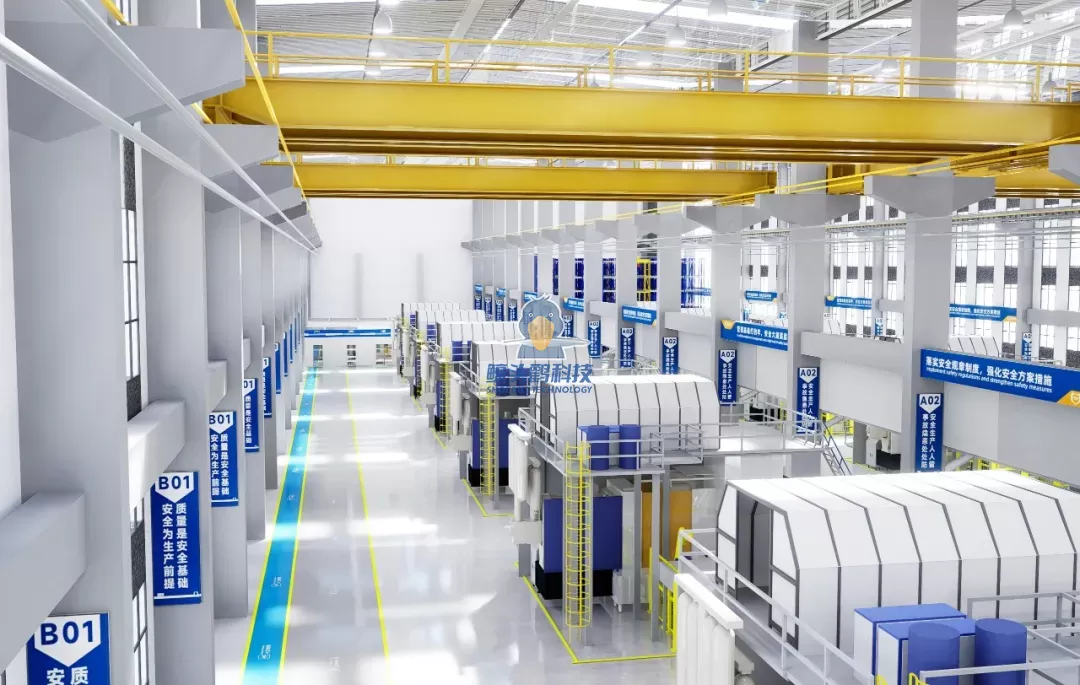When it comes to shipping and packaging, many businesses and consumers alike often overlook the costs associated with packing materials. Among these, packing paper stands out as a seemingly simple yet surprisingly expensive item. This article delves into the reasons behind the high price of packing paper, exploring various factors that contribute to its cost, and offering insights into how businesses and individuals can make informed purchasing decisions.
- The Quality of Raw Materials
One of the primary reasons packing paper can be expensive is the quality of the raw materials used in its production. High-quality packing paper is typically made from recycled fibers or virgin pulp, which can significantly influence its price. The sourcing of these materials involves stringent quality control measures to ensure durability and effectiveness in protecting goods during transit.
Moreover, sustainable practices are increasingly being adopted in the production of packing paper. Companies that prioritize eco-friendly materials often face higher costs due to the sourcing of sustainable fibers and the implementation of environmentally responsible manufacturing processes. This commitment to sustainability, while beneficial for the planet, can lead to increased prices for consumers.
- Production and Manufacturing Costs
The manufacturing process of packing paper is another factor that contributes to its expense. The production involves several stages, including pulping, pressing, drying, and cutting, each requiring specialized machinery and skilled labor. The costs associated with maintaining this equipment and ensuring compliance with safety and environmental regulations can be substantial.
Additionally, fluctuations in energy prices can impact production costs. Packing paper manufacturers rely on significant energy inputs for their operations, and any increase in energy costs can directly translate to higher prices for consumers.
- Supply Chain Dynamics
The supply chain for packing paper is complex and can be affected by various external factors. Transportation costs, influenced by fuel prices and logistics challenges, play a crucial role in determining the final price of packing paper. For instance, if a manufacturer is located far from its suppliers or customers, the transportation costs can significantly increase the overall price of the product.
Moreover, global events such as natural disasters, trade disputes, or pandemics can disrupt supply chains, leading to shortages and increased prices. The COVID-19 pandemic, for example, highlighted vulnerabilities in supply chains across various industries, including packaging, resulting in price hikes due to increased demand and limited supply.
- Market Demand and Competition
Market dynamics also play a significant role in the pricing of packing paper. As e-commerce continues to grow, the demand for packing materials has surged. This increased demand can lead to higher prices, especially if supply does not keep pace.
Furthermore, competition among manufacturers can influence pricing strategies. While some companies may offer lower prices to attract customers, others may focus on providing premium products with added features, such as enhanced cushioning or moisture resistance, which can justify a higher price point.
- The Value of Performance
When considering the cost of packing paper, it is essential to evaluate its performance and effectiveness. Higher-priced packing paper often offers superior protection for fragile items, reducing the risk of damage during shipping. This can lead to cost savings in the long run, as businesses may avoid the expenses associated with damaged goods and customer returns.
Investing in quality packing paper can also enhance the overall customer experience. Well-packaged products create a positive impression and can contribute to brand loyalty. Therefore, while the upfront cost may be higher, the long-term benefits can outweigh the initial investment.
Conclusion
In conclusion, the high price of packing paper can be attributed to a combination of factors, including the quality of raw materials, production costs, supply chain dynamics, market demand, and the value of performance. For businesses and consumers, understanding these factors can lead to more informed purchasing decisions.






